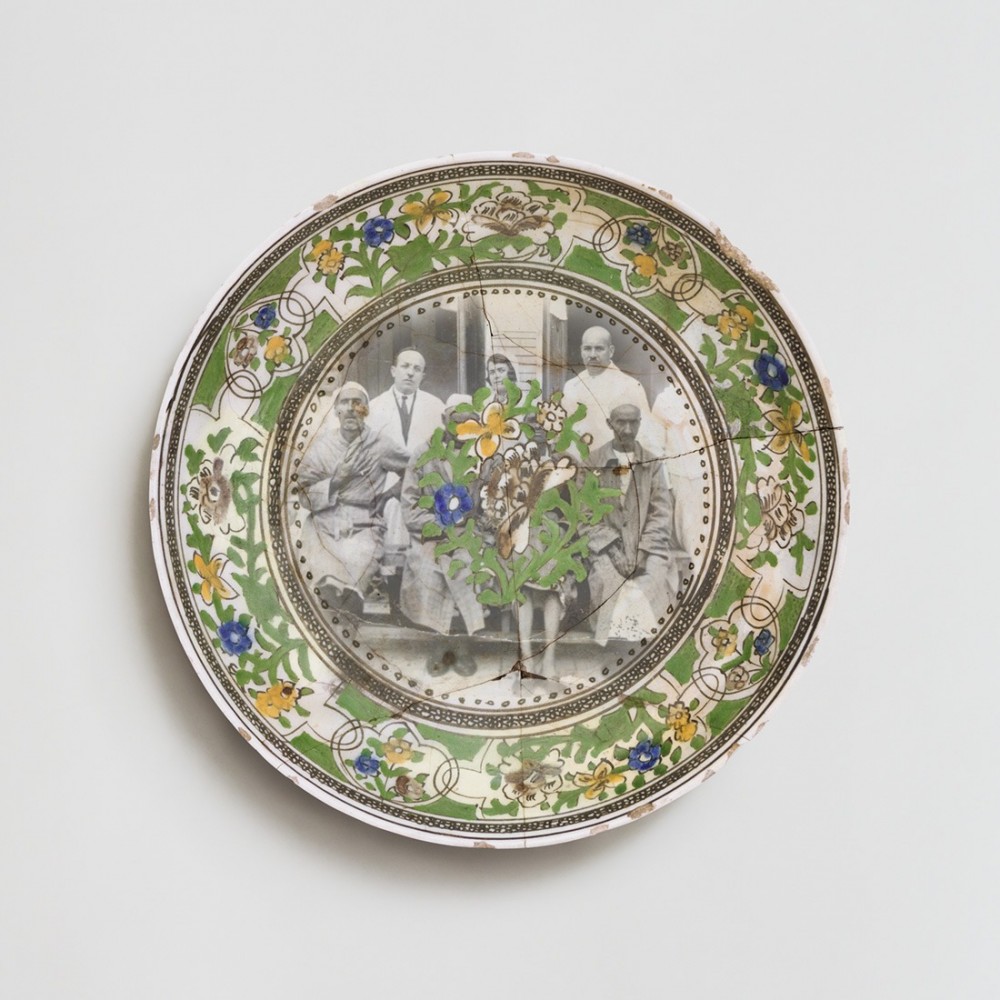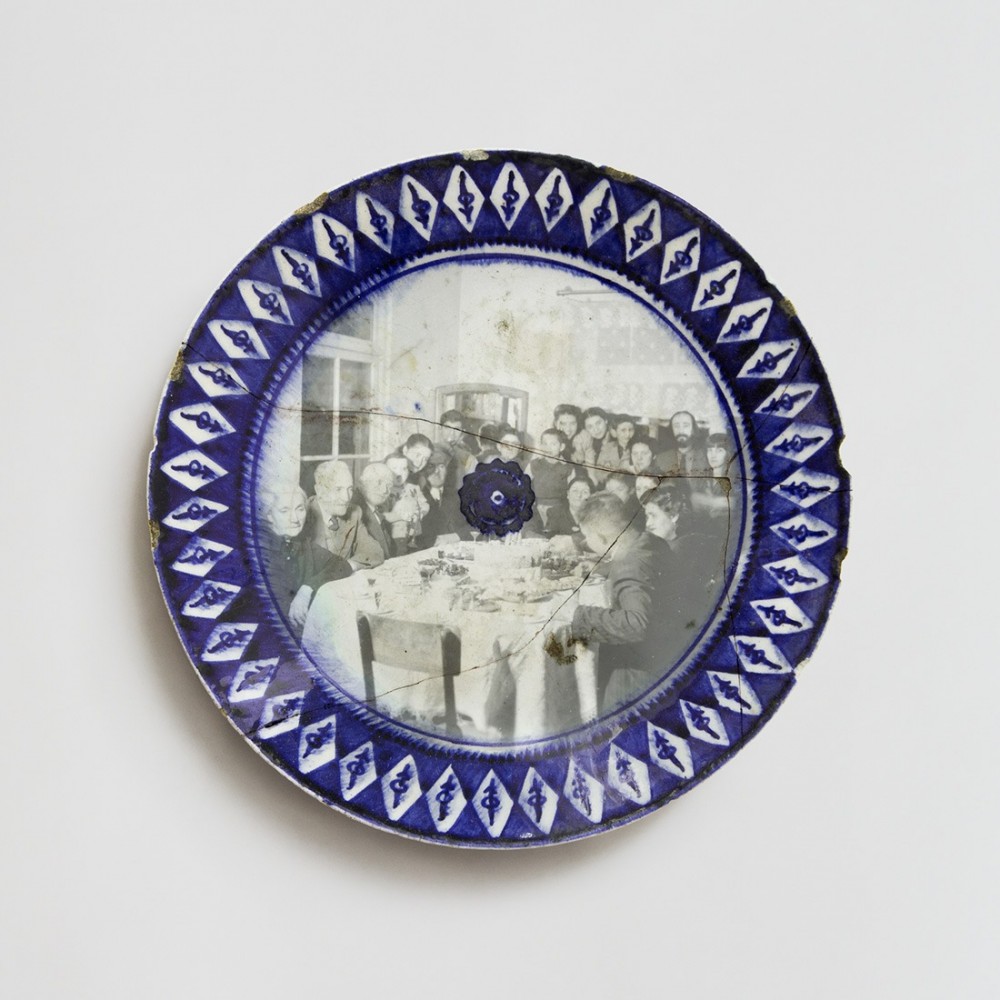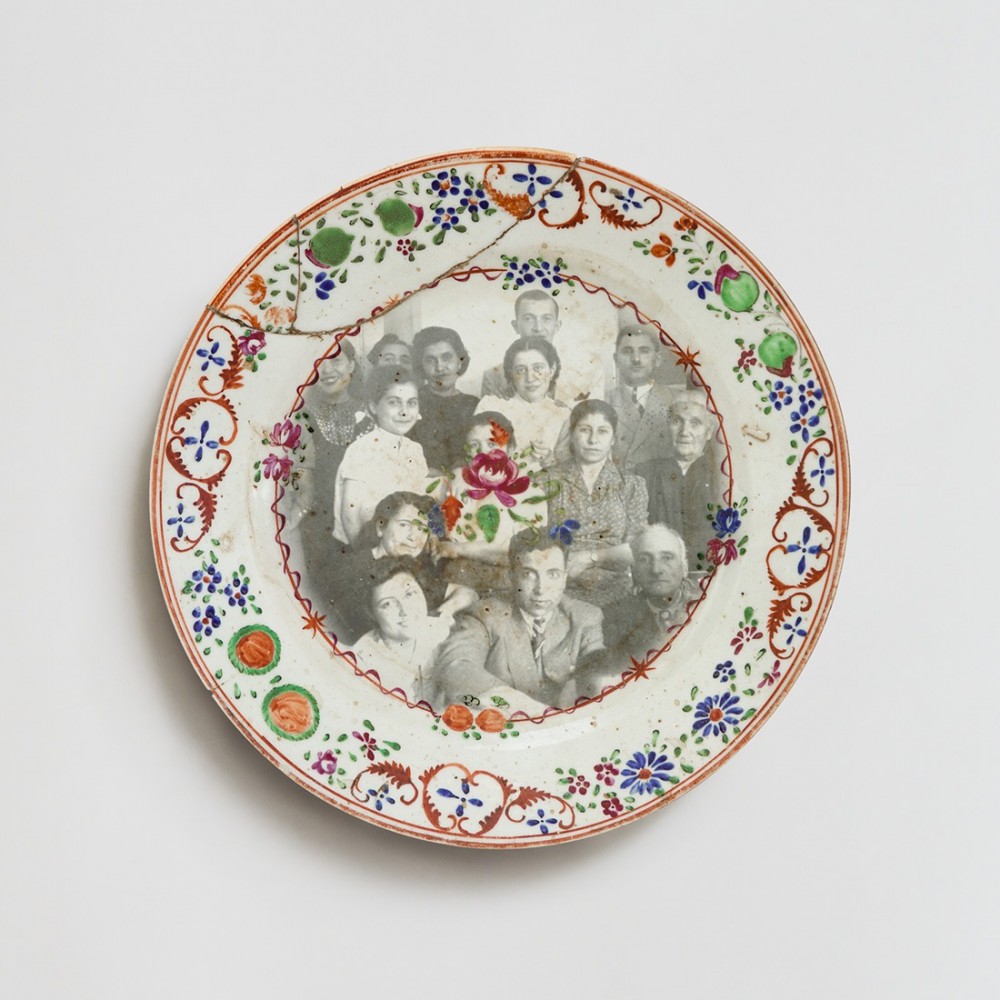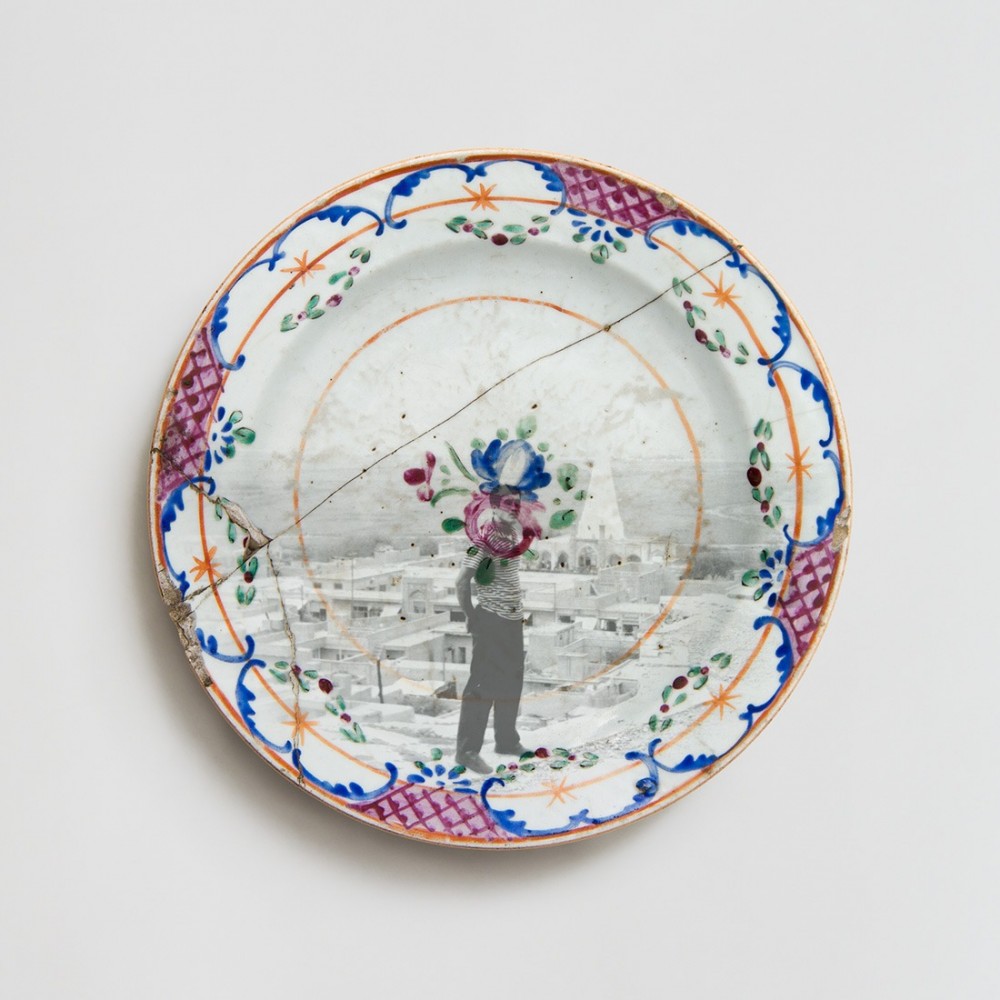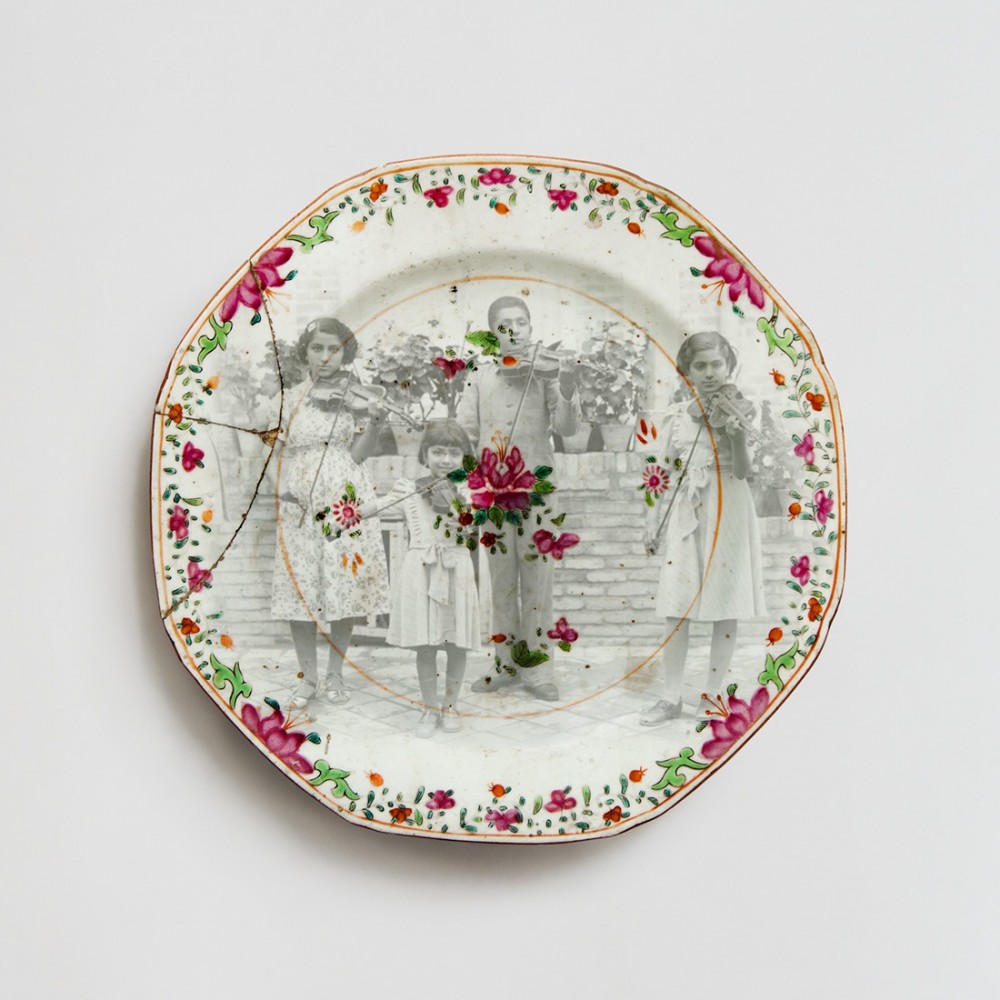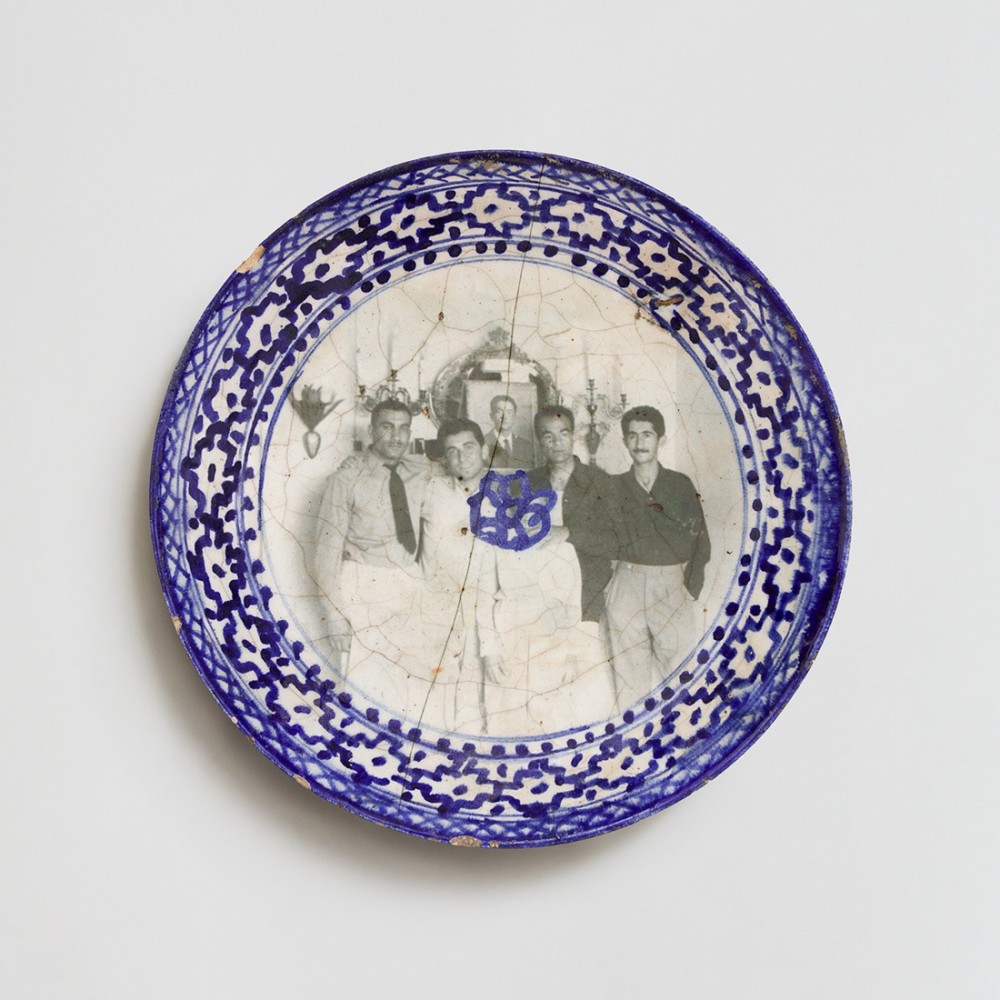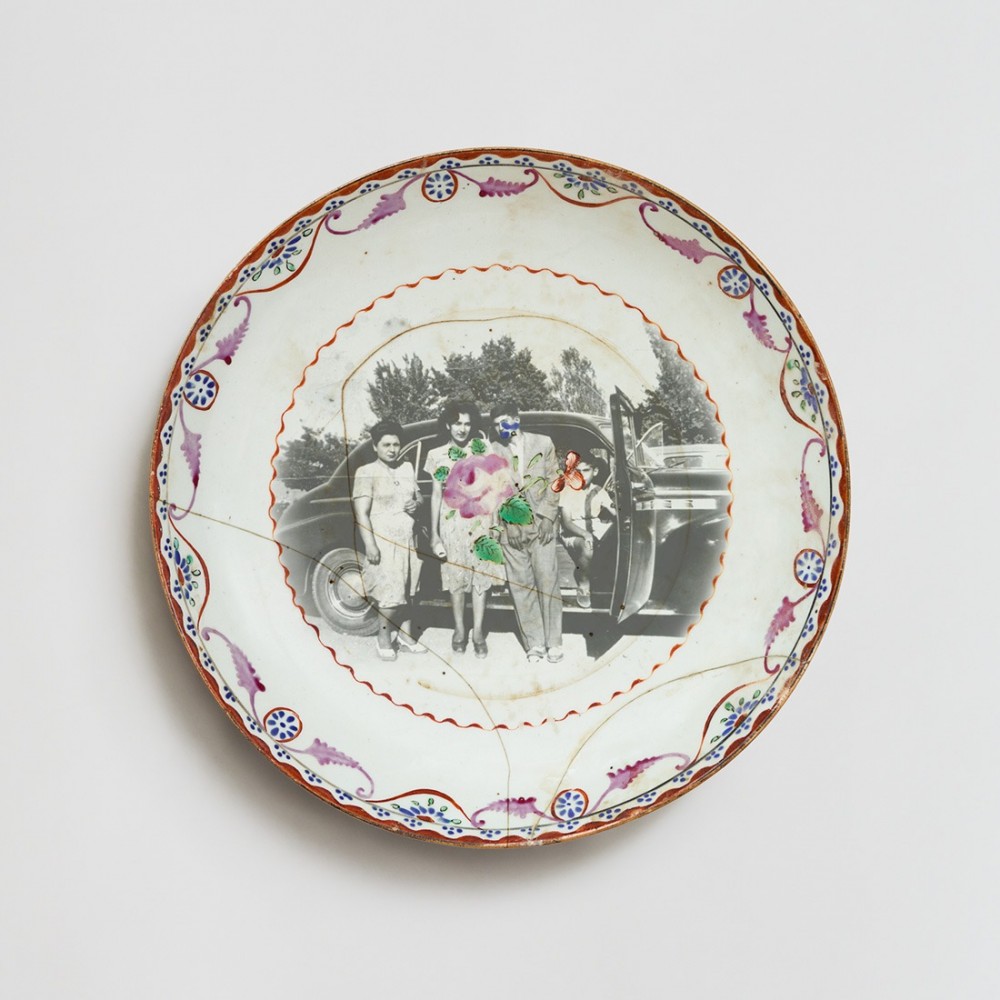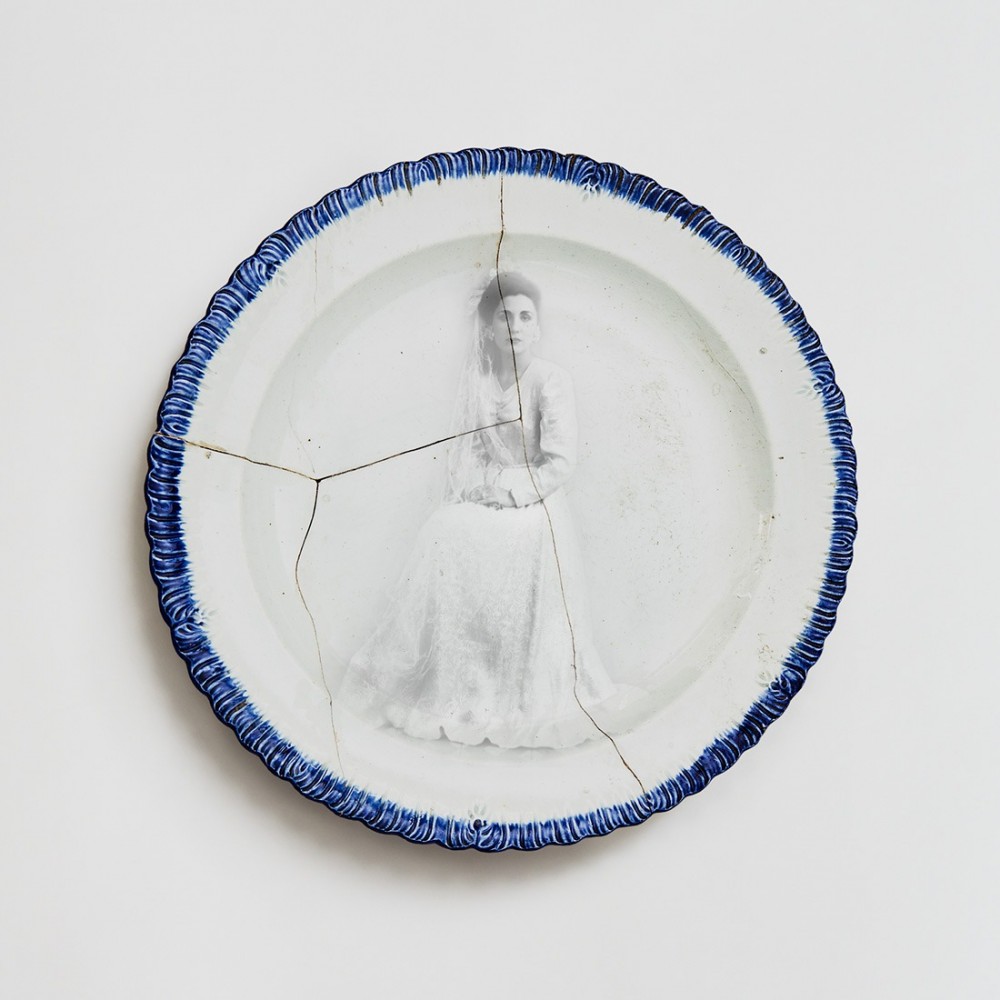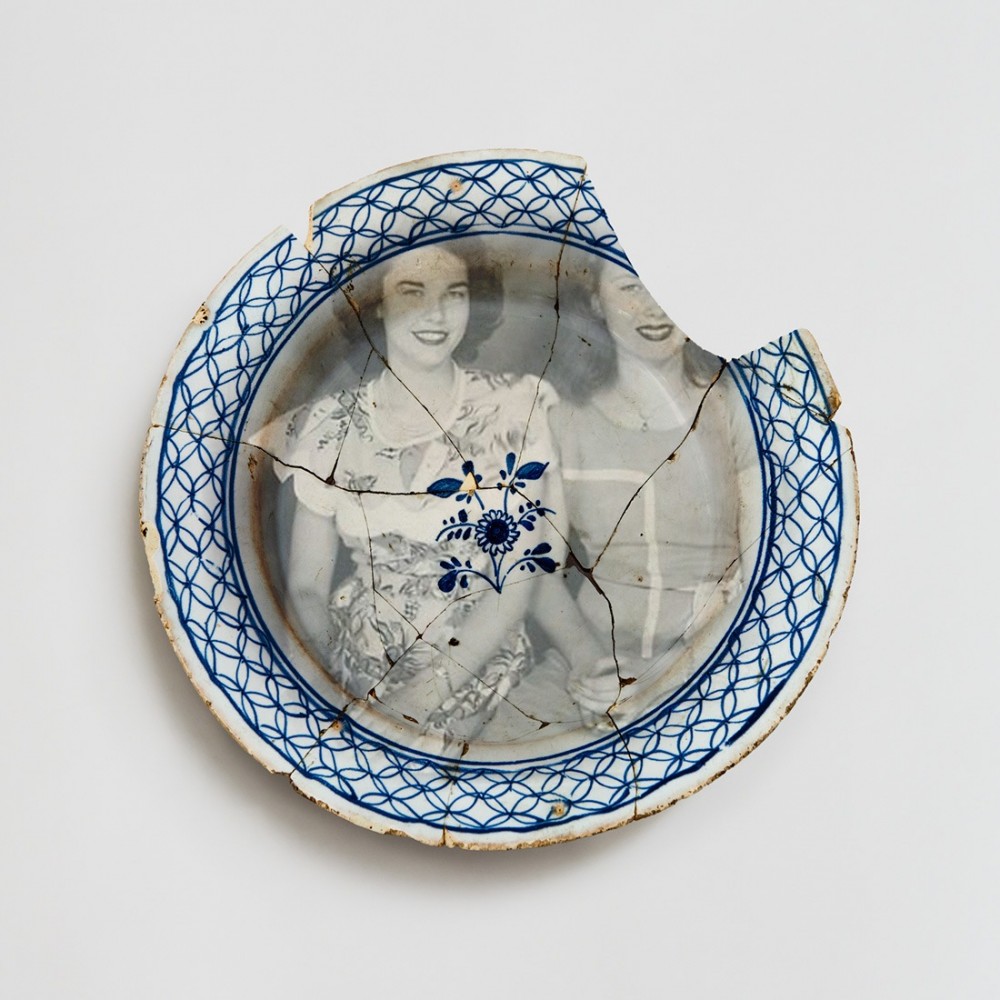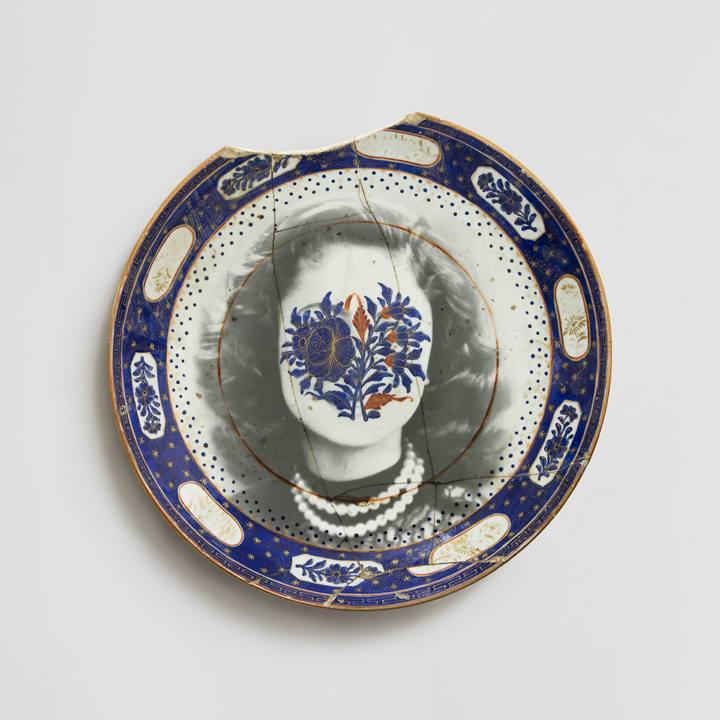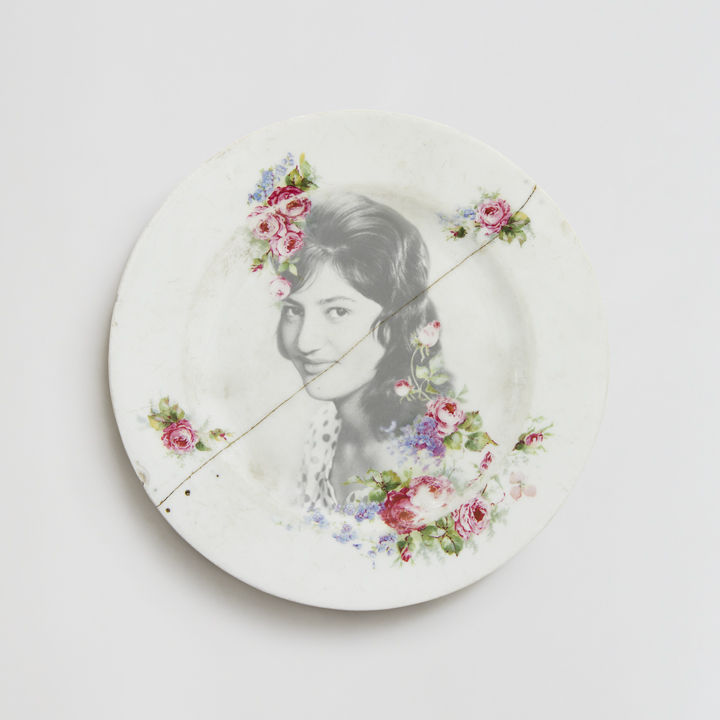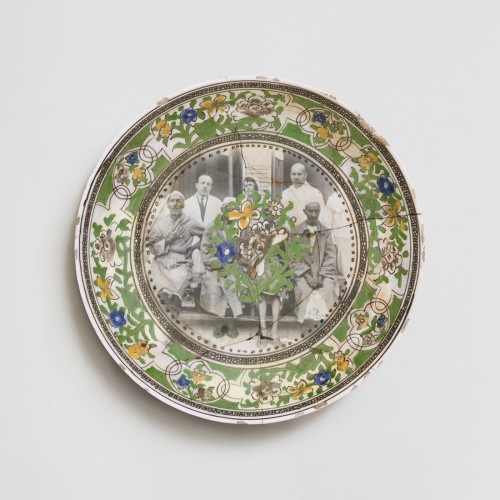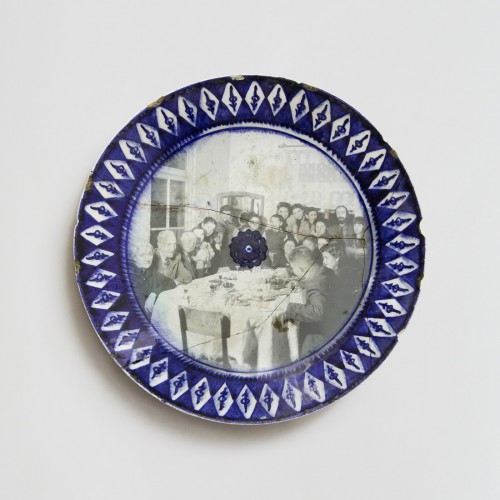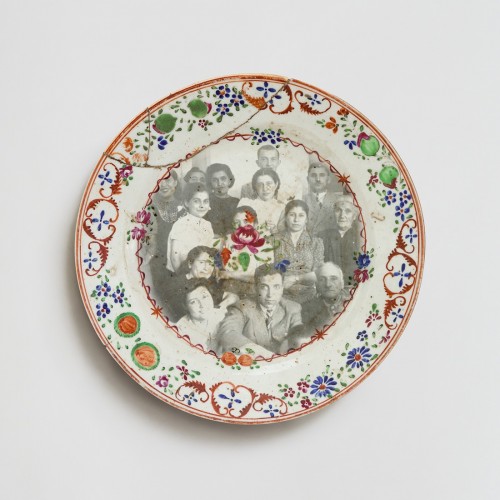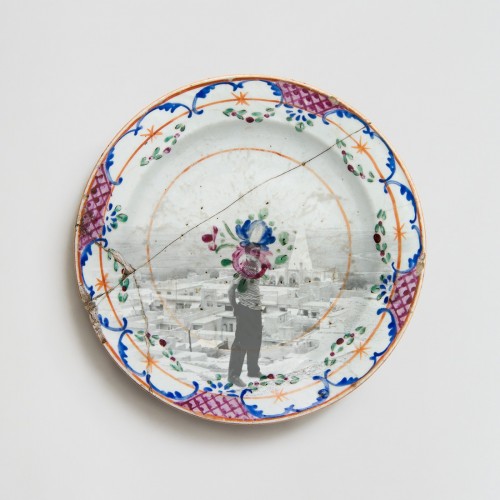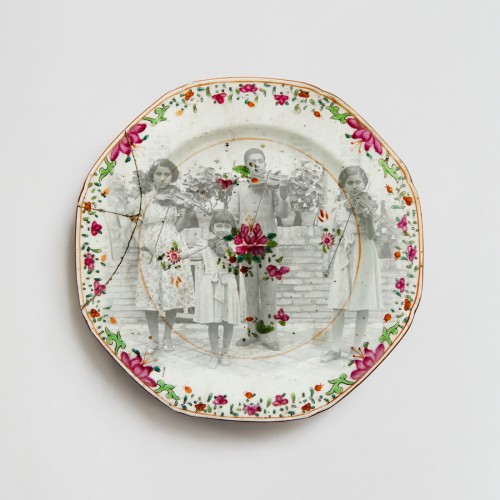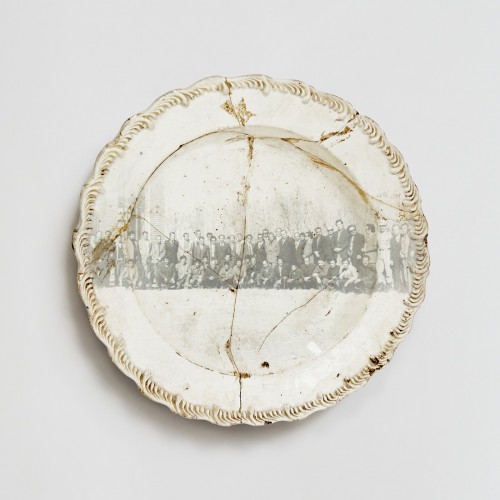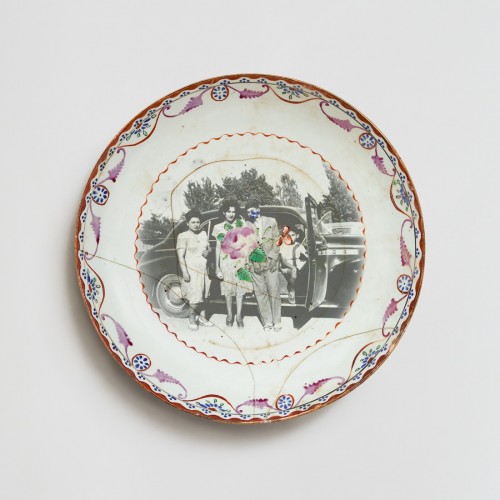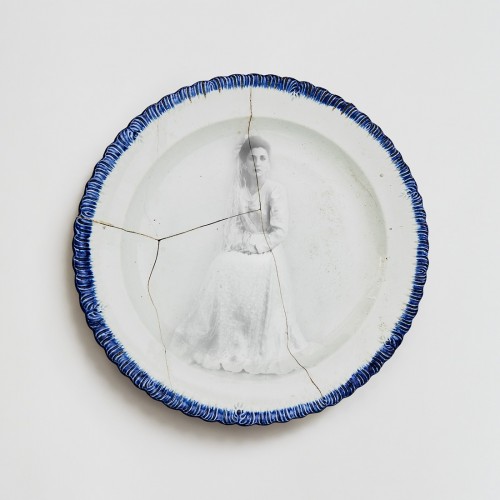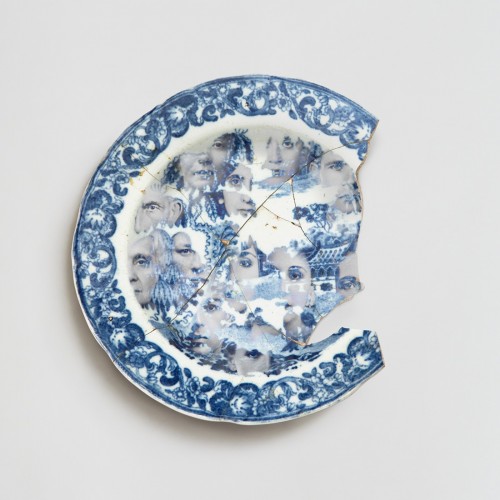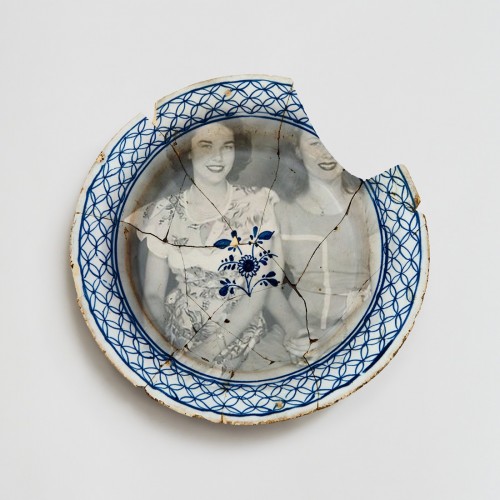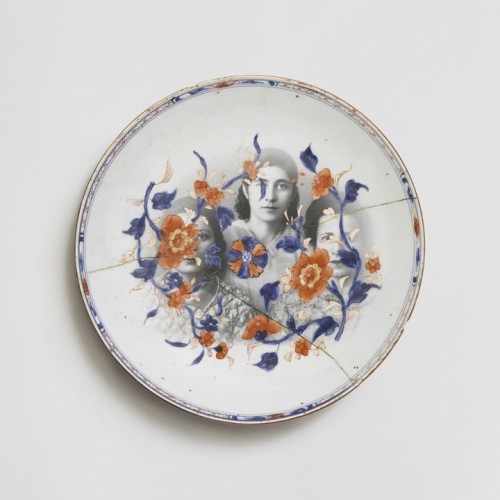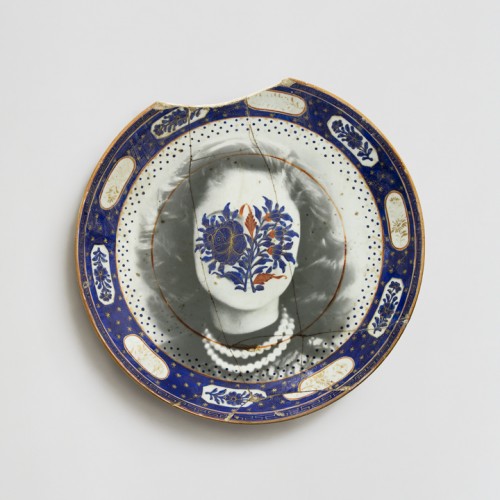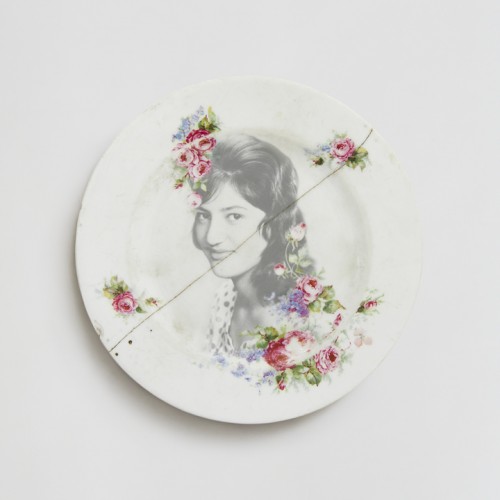Saeed Rezvanian has submitted images from his project, ‘Our Scattered Parts’ (تکه های پراکنده ما).
هر خاطره ای از لحظه تولد پای به راه نیستی می نهد
زمان ، خود خاطرات را می سازد و خود آن ها را ویران می کند
به یاد آوردن» ، به پیکارِ زمان رفتن است که در این کشاکش به جز پاره هایی چند نمی توان بازیافت»
Every memory from birth moves towards fading away, time both creates and desolates memories. “Recollection; In the struggle against time only a few parts can be salvaged”.
در این مجموعه سعی شده است به مفهوم خاطره و یادآوری پرداخته شود . در این جا بشقاب ها تمثیلی از مکانیسم خاطره هستند . تکه هایی که کنار هم قرار می گیرند تا یک کل (خاطره) ساخته شود و گاهی بعضی تکه ها غایب هستند . از طرفی بشقاب ها نشان دهنده شکنندگی و آسیب پذیری خاطرات هستند
All the photos have been selected from the albums of ordinary people in Iran, circa 1940-1970. In the past until a few decades ago there was a profession known as “Band Zani”, which was the mending of bowls, tea pots, plates from various materials such as china, terracotta by a “Band Zan”. The Band Zan visited neighbourhoods in search for trade. The repair was carried out by making two holes on each side of the crack/break and inserting a thin metallic or bronze wire into the hole, followed by the application of special glue over the crack. The glue was a mixture of egg whites and lime and would adhere the broken surfaces together. After the repair was completed the dishes would be used again.
بشقاب ها حضور همیشگی و پررنگی در زندگی روزمره داشتند و هم در حیطه فردی و هم در حیطه جمعی مورد استفاده بوده و هستند . بشقاب های که در این مجموعه به کار گرفته شده اند همگی از نمونه های مورد استفاده و رایج در خانه های ایرانی بین سال های 1280 تا 1350 هستند که بعضی در ایران و بعضی در خارج ایران ساخته شده اند . یکی از نمونه های معروف این بشقاب ها که در بین خانواده های ایر
Plates had a noticeable presence in daily life of individuals and groups. The plates presented in this collection are examples commonly used in Iran Circa 1900-1970, both produced in Iran and outside. One of the most popular examples amongst Iranian families was called “Gol Sorkhy- Red Flower”, which consists of a number of Rose and Rosebuds in between green leaves on a white background.
